The Real Reason Your Home Feels ‘Off’—And How to Fix It for Good
So, What Makes a Home Look ‘Cheap’? (Hint: It’s Not About Money)
I’ve walked through more homes than I can count. Some with sky-high budgets, others put together with creativity and spare change. And I’ll tell you a little secret the pros know: money has almost nothing to do with whether a home feels ‘cheap.’ When we use that word, we aren’t talking about the price of your sofa. We’re talking about a lack of thought.
In this article
A ‘cheap’ look comes from things just not quite working together. It’s the visual equivalent of static on the radio—a sense of unease that comes from poor scale, clashing elements, and a feeling that things were just… plopped down. It feels unsettled, even if you can’t put your finger on why.
But here’s the good news. Making a space feel cohesive, intentional, and high-quality is about knowledge, not a giant bank account. It’s about understanding the core ideas that separate a generic showroom from a truly personal, well-designed home. Let’s walk through the common missteps I see all the time and talk about how to fix them, for good.
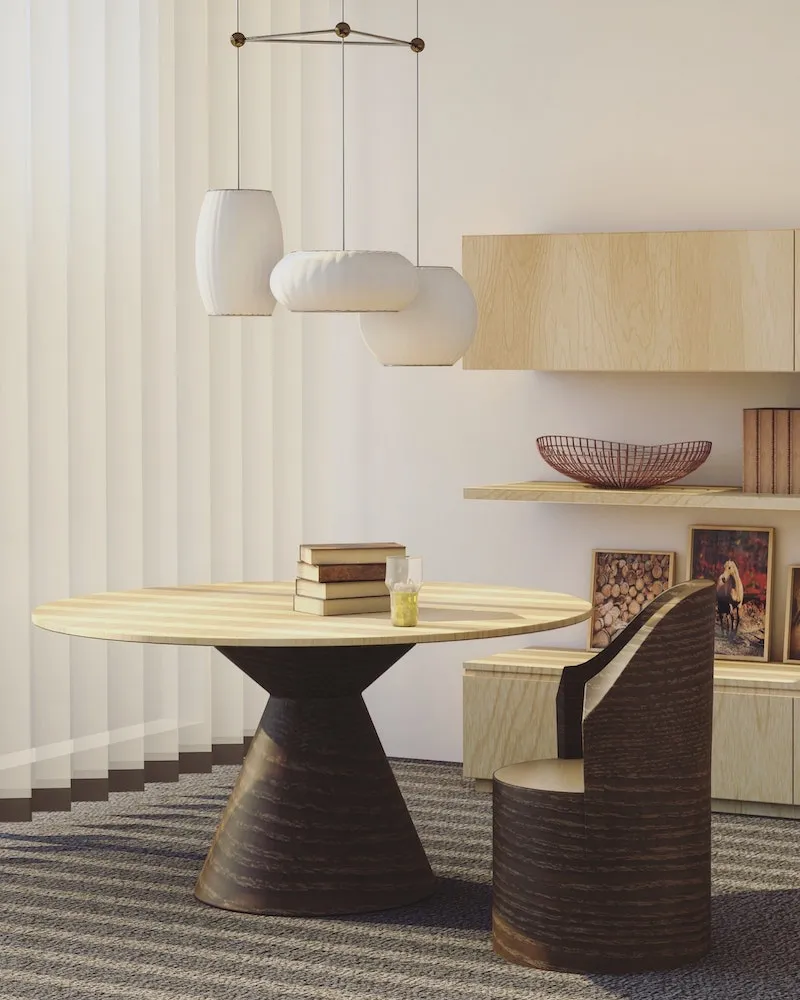
First Things First: The Foundation of Your Room
Before you even think about furniture, the ‘shell’ of your room—the walls and the light—sets the entire mood. Getting these two things right makes everything else fall into place. Get them wrong, and you’ll be fighting an uphill battle no matter how nice your stuff is.
The Understated Power of a Great Paint Job
Paint is, without a doubt, the biggest bang for your buck in design. But it’s also where things can go wrong fast. It’s not just the color; it’s the prep, the product, and how you put it on the wall. A sloppy paint job just screams ‘amateur’ from a mile away.
A little bit of paint science goes a long way. Every can of paint has a Light Reflectance Value, or LRV, from 0 (jet black) to 100 (pure white). A high LRV bounces light around, making a room feel bigger and brighter. Low LRV absorbs light, creating a cozier, more dramatic vibe. For a dark hallway, I’d look for an LRV of 75 or more. For a moody office, I might go as low as 15. It’s a number pros always check.
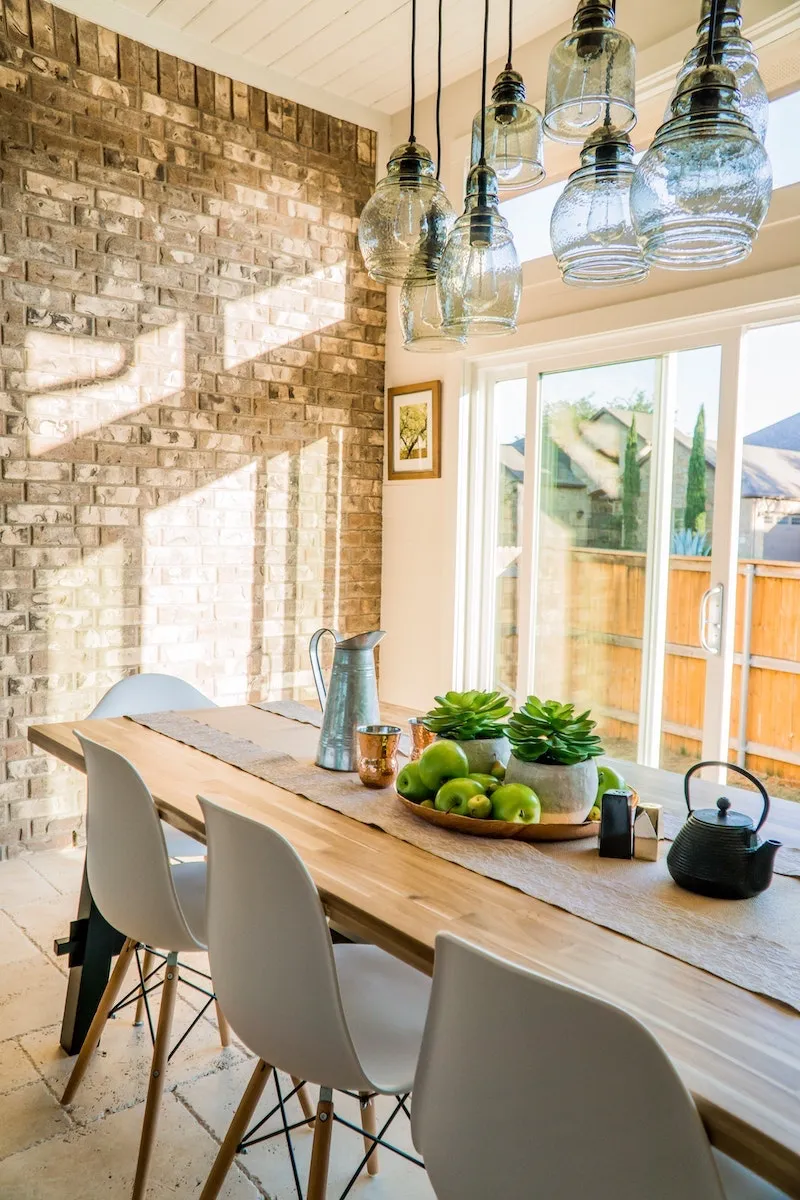
Sheen is your other secret weapon. It changes how light hits the wall and how durable the surface is.
- Matte/Flat: This has zero shine and is fantastic for hiding imperfections on older walls. The downside? It’s not very washable. I usually reserve it for ceilings or very low-traffic areas like a formal living room.
- Eggshell/Satin: This is my go-to for most walls in a home. There’s a soft, subtle glow that feels more sophisticated than flat, and it’s durable enough to be wiped down. It’s the perfect middle ground.
- Semi-Gloss/Gloss: With its high shine, this finish is tough as nails. It’s the classic choice for trim, doors, and cabinets. Using a gloss on your trim and an eggshell on your walls creates a subtle, layered contrast that adds architectural depth. It’s a simple detail that looks incredibly polished.
Heads up! A great painter will tell you that 80% of the job is prep. I learned this the hard way years ago, rushing a job and ending up with a patchy mess. We had to sand it all down and start over. Don’t skip the prep: fill every hole, sand every patch until it’s perfectly smooth, and always, always clean your walls before you start.
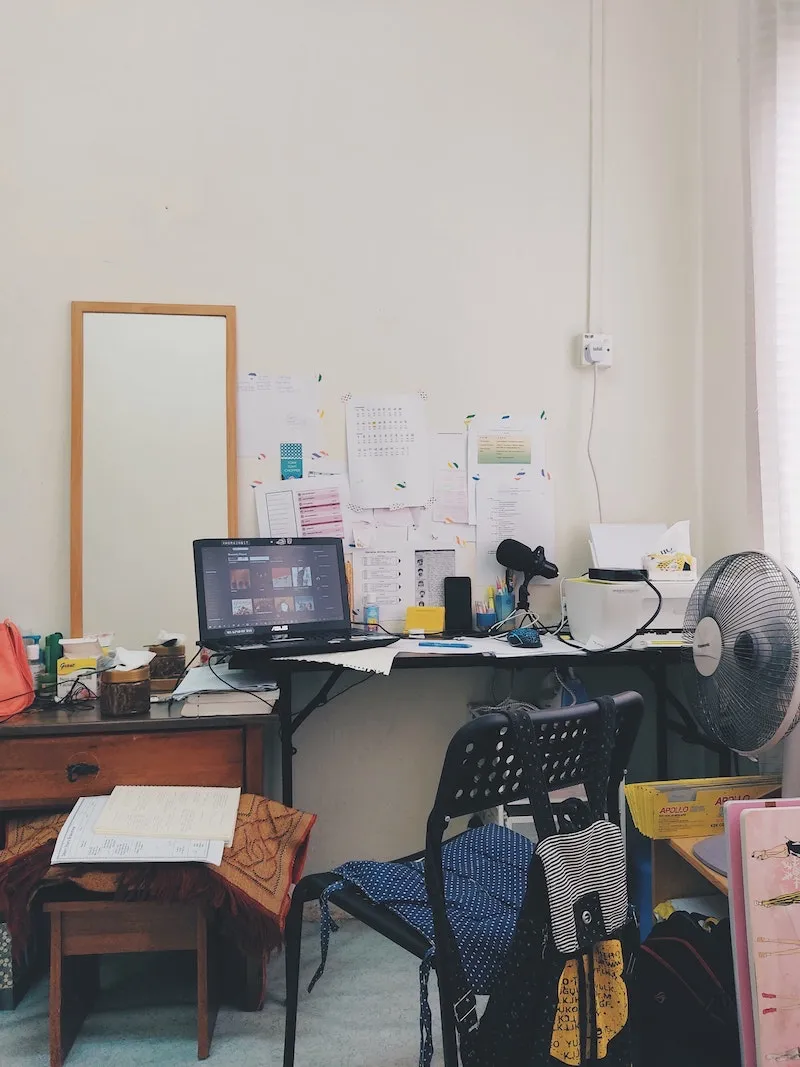
And please, don’t cheap out on your tools. A quality brush from a brand like Purdy or Wooster will cost you $15-$20 but will give you crisp, clean lines and last forever if you clean it right. When it comes to paint, brands like Benjamin Moore or Sherwin-Williams have more pigment, which means you get richer color and better coverage in fewer coats. It’s worth the extra ten bucks a gallon, I promise.
Should You Hire a Painter?
Honestly, if you’re not a patient person, hiring a pro is money well spent. For a standard 12×12 room, you can expect to pay a professional somewhere between $400 and $900, which usually includes all the prep work and the paint itself. They can get it done perfectly in a day, saving you a weekend of stress and a potentially crick in your neck.
Layering Light for Mood and Function
One of the fastest ways to make a room feel flat is having only a single, harsh overhead light. You know the one I’m talking about. Good lighting is all about creating layers, which gives a room warmth and versatility.
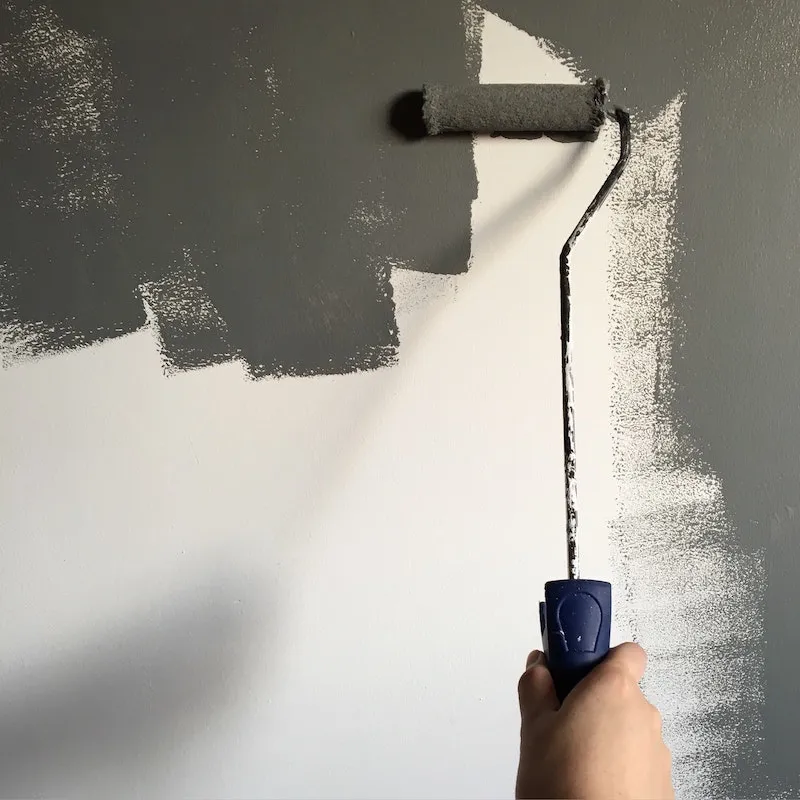
In every space, I aim for three types of light:
- Ambient Light: This is your general, overall light. It could be recessed lights or a beautiful central fixture. Its job is to let you see and move around safely.
- Task Light: This is focused light for doing stuff—a reading lamp by your favorite chair, under-cabinet lights for chopping veggies, or a desk lamp for working.
- Accent Light: This is the fun stuff, the jewelry of the room. It’s the light you use to highlight a piece of art, a plant, or a cool textured wall.
Quick experiment: Try this tonight. Go into your living room, turn OFF the main overhead light, and instead turn on at least two other sources—maybe a floor lamp and a small table lamp. See how much cozier and more inviting the room feels instantly? That’s the power of layering!
Oh yeah, and pay attention to your light bulbs. For a warm, cozy home vibe, stick to bulbs in the 2700K to 3000K range. Anything higher can feel sterile, like an office or a hospital. Also, look for a CRI (Color Rendering Index) of 90 or higher. A low CRI can make your beautiful paint colors and even your own skin look dull and sickly. It’s a small detail that makes a world of difference.
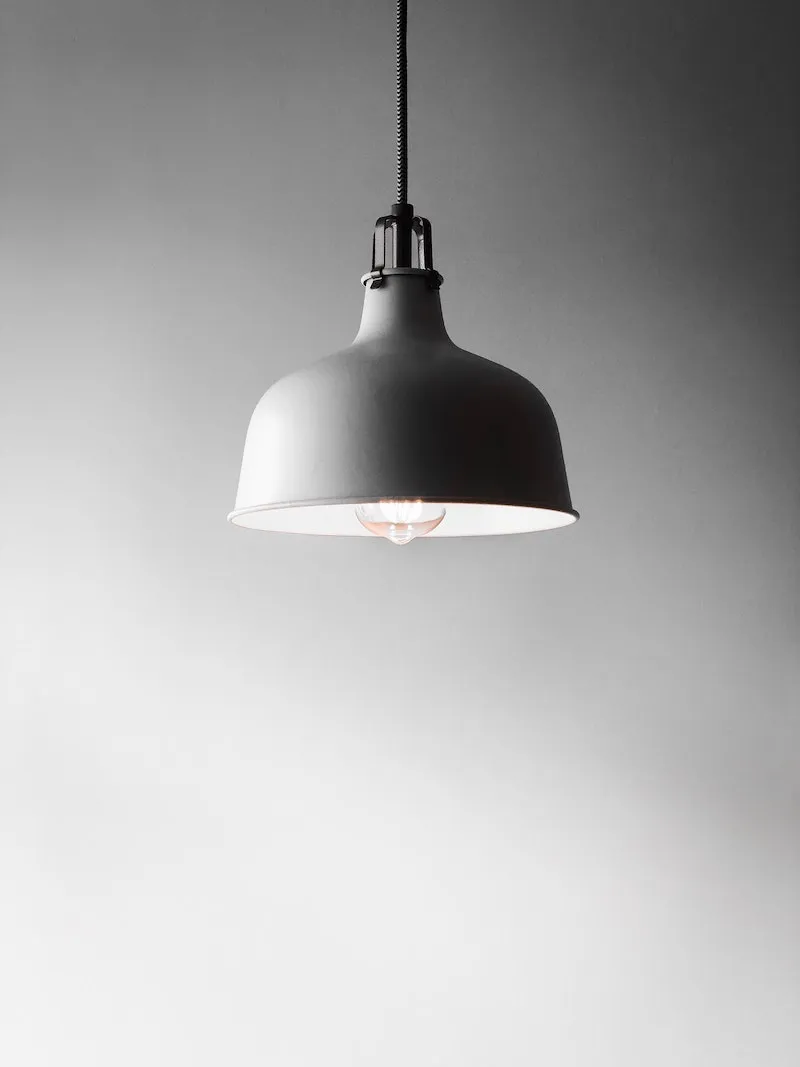
Quick safety note: While you can probably swap out an existing light fixture yourself (always turn off the breaker first!), adding or moving hardwired lighting is a job for a licensed electrician. It’s not worth the risk.
Furnishings: Getting the Scale and Mix Just Right
With a solid foundation, it’s time to bring in the furniture. The biggest mistakes I see here are all about scale and a fear of mixing things up.
The ‘Postage Stamp’ Rug Problem
A rug that’s too small for a room is one of my biggest pet peeves. It floats in the middle of the floor like a little island, making the whole room feel disconnected and unbalanced. The rug’s job is to anchor the furniture and define the space.
- In a Living Room: Your rug needs to be big enough for at least the front legs of your sofa and all your armchairs to sit comfortably on it. This creates a cohesive conversation zone. For most rooms, you’re looking at an 8’x10′ or 9’x12′ rug.
- In a Dining Room: The rule is simple. When you pull a chair out to sit down, all four legs of the chair should still be on the rug. If the back legs catch on the edge, it’s too small.
I know, large rugs can get pricey. But there are workarounds! I often point clients to sites like Rugs USA or even IKEA for big, affordable jute or sisal rugs. Another great trick is to go to a local carpet store and ask for a carpet remnant. They can cut it to your exact size and bind the edges for you, giving you a custom rug for a fraction of the cost. Just Google ‘carpet binding near me’ to find a local spot.
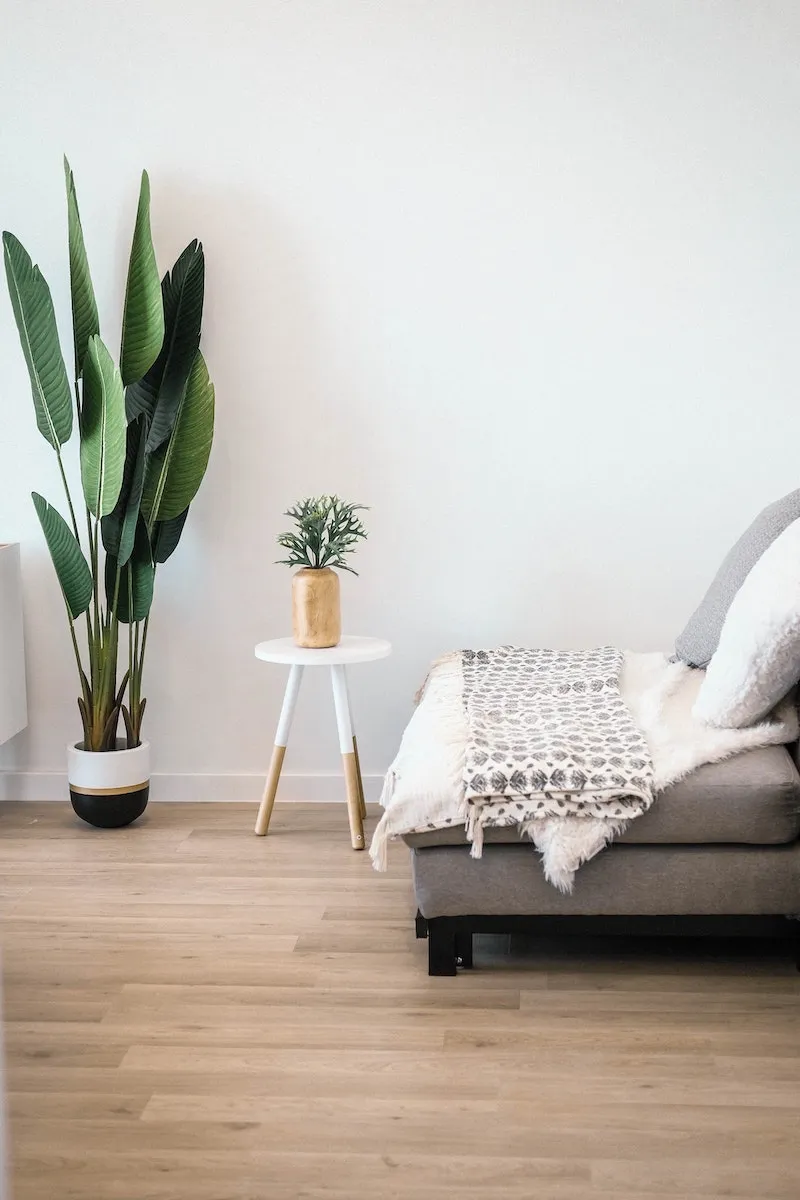
Curtains: The Secret to Taller Ceilings
Just like tiny rugs, curtains hung incorrectly can visually shrink a room. The standard practice of hanging a short rod just above the window frame is a huge missed opportunity.
The pro method is to hang them high and wide.
Mount the rod 4-6 inches below the ceiling (or as high as you can go), and extend it 6-12 inches past the window frame on each side. Then, get curtains that are long enough to just ‘kiss’ the floor. The before-and-after is dramatic. Before, the window looks small and the ceiling feels low. After, the eye is drawn upward, making the entire wall feel taller and the window look grander. It’s the cheapest way to add architectural drama to a room!
And go for quality fabric. Flimsy, unlined polyester looks cheap. Look for linen, cotton, or velvet. A lining helps the curtains hang beautifully and adds a layer of insulation.

Step Away from the Matching Furniture Set
It’s tempting, I get it. Walking into a store and buying the 5-piece matching sofa, loveseat, and table set is easy. But that’s the problem—it requires zero thought, and it results in a room with zero personality. A well-designed room feels like it was collected over time.
Here’s my go-to formula for beginners trying to mix and match:
- Start with a comfortable, neutral sofa.
- Add an armchair in a different material, like leather or a complementary colored fabric.
- Bring in a wood coffee table.
- Finish with end tables made of metal.
This simple mix of fabric, leather, wood, and metal almost always works because the different textures create interest and balance. It looks intentional, not like you bought it all in one afternoon.
The Finishing Touches That Make All the Difference
This is where your personality comes in. But it’s also where clutter and generic decor can sabotage all your hard work.
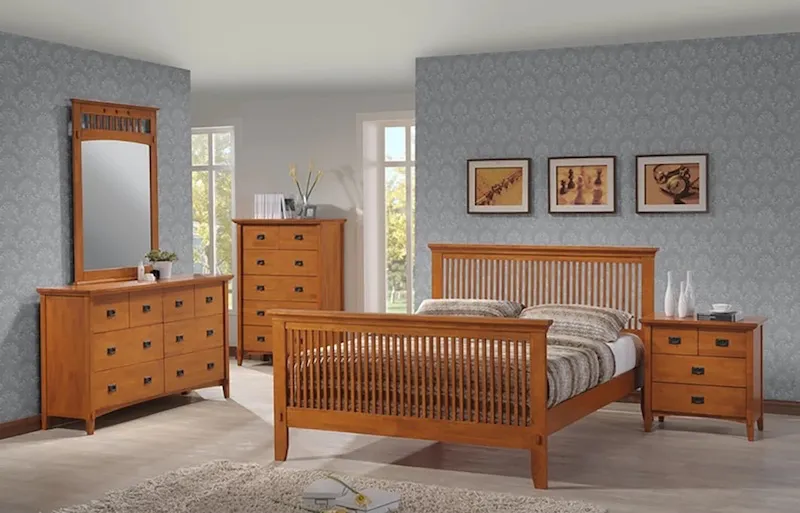
Art, Not ‘Wall Decor’
Bare walls feel temporary. But the generic, mass-produced canvas prints from big-box stores are what I call ‘fast food art’—they fill a space but offer no real substance. Your walls deserve better!
When you hang art, the center of the piece should be at eye level, which is usually about 57-60 inches off the floor. And please, don’t hang a tiny picture on a giant wall. Instead of generic prints, consider framing your own high-resolution photos, a beautiful piece of fabric, or even your kid’s art in a sophisticated frame. Visit a local art fair or a student show at a nearby college to find original pieces that won’t break the bank.
Tame the Clutter and Cords
Nothing ruins a beautiful room faster than a tangle of electronic ‘tentacles’ and random clutter. For cords, you can buy paintable cord covers that stick right onto your baseboards. Or, grab a cable management box for under $20 on Amazon to hide that ugly power strip. For clutter, the answer is simple: give everything a home. Invest in attractive baskets and closed-door cabinets. Then, get into the habit of a 5-minute ‘reset’ each evening to put things away. It’s life-changing.
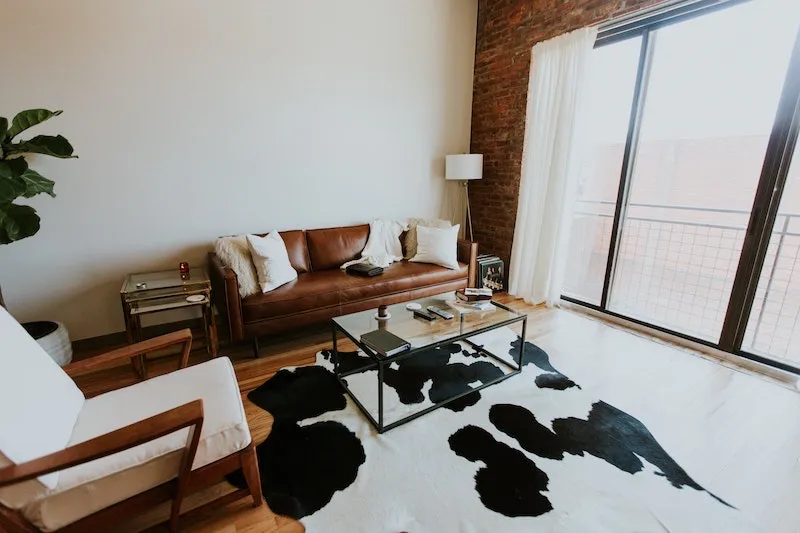
The 80/20 Rule for Trends
It’s so easy to fall for trends, but a room filled with chevron patterns or ‘Live, Laugh, Love’ wall stickers (please don’t do this!) will look dated in a year. Wall decals in particular often look tacky because they lack the texture and permanence of real decor.
Instead, follow the 80/20 rule. Spend 80% of your budget on timeless, quality pieces (your sofa, your rug, your dining table). Use the other 20% to have fun with trends. Buy those trendy terracotta-colored pillows or a funky vase. They’re easy and inexpensive to swap out when you’re tired of them, letting your home evolve without ever looking cheap or dated.
Your 3-Step Plan to a More ‘Expensive’ Looking Home
Feeling overwhelmed? Don’t be. Here’s your simple action plan.
- Fix Your Foundation. Start with paint and lighting. A fresh, professional-looking coat of paint and layered lighting will make the single biggest impact.
- Get The Scale Right. Next, check your two biggest fabric elements: the rug and the curtains. A larger rug and properly hung curtains will instantly make your room feel more balanced and grand.
- Add Your Personality. Finally, get rid of generic decor and clutter. Replace it with meaningful art, good storage, and accessories that you truly love.
And that’s it. It’s a process, but by making a series of thoughtful choices, you can create a space that feels personal, polished, and anything but cheap.
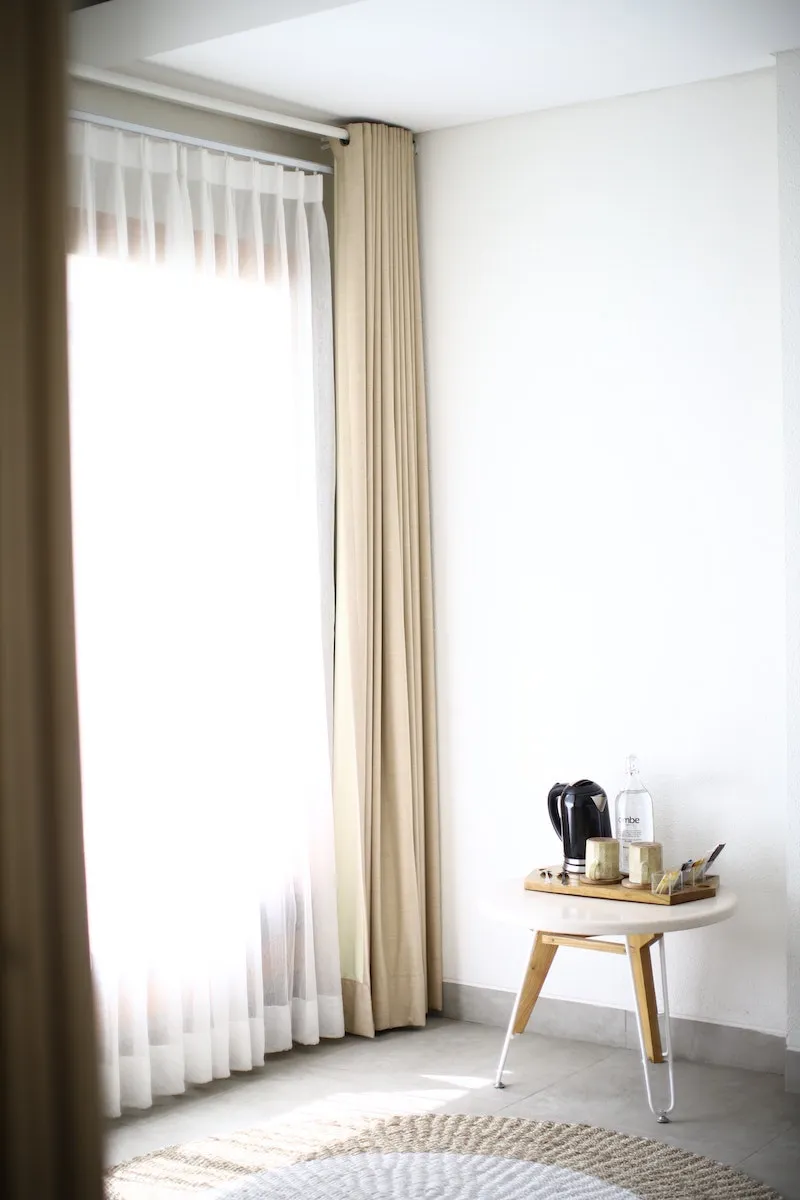
Inspiration:
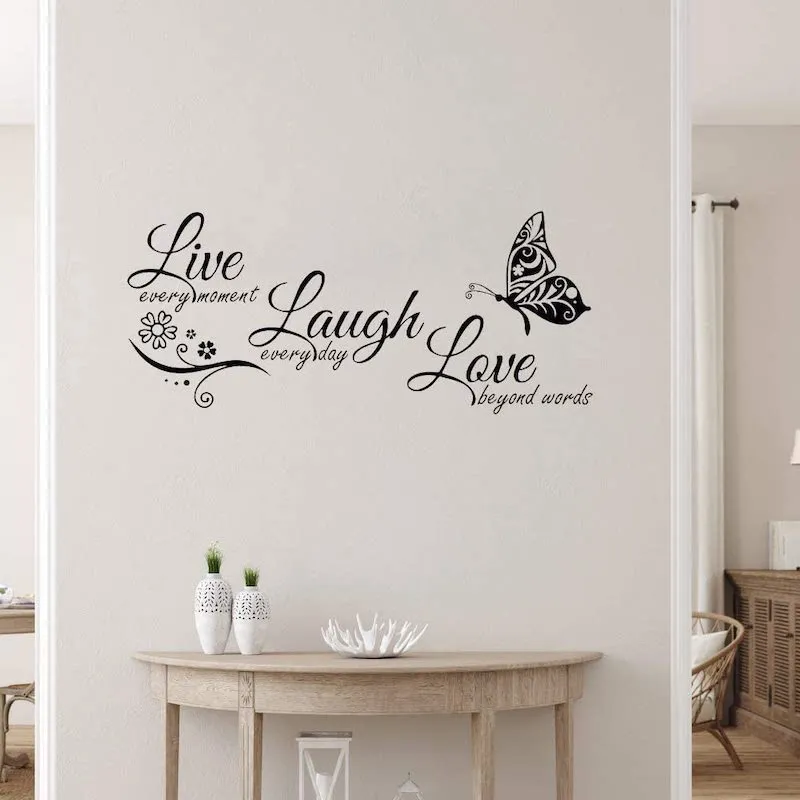
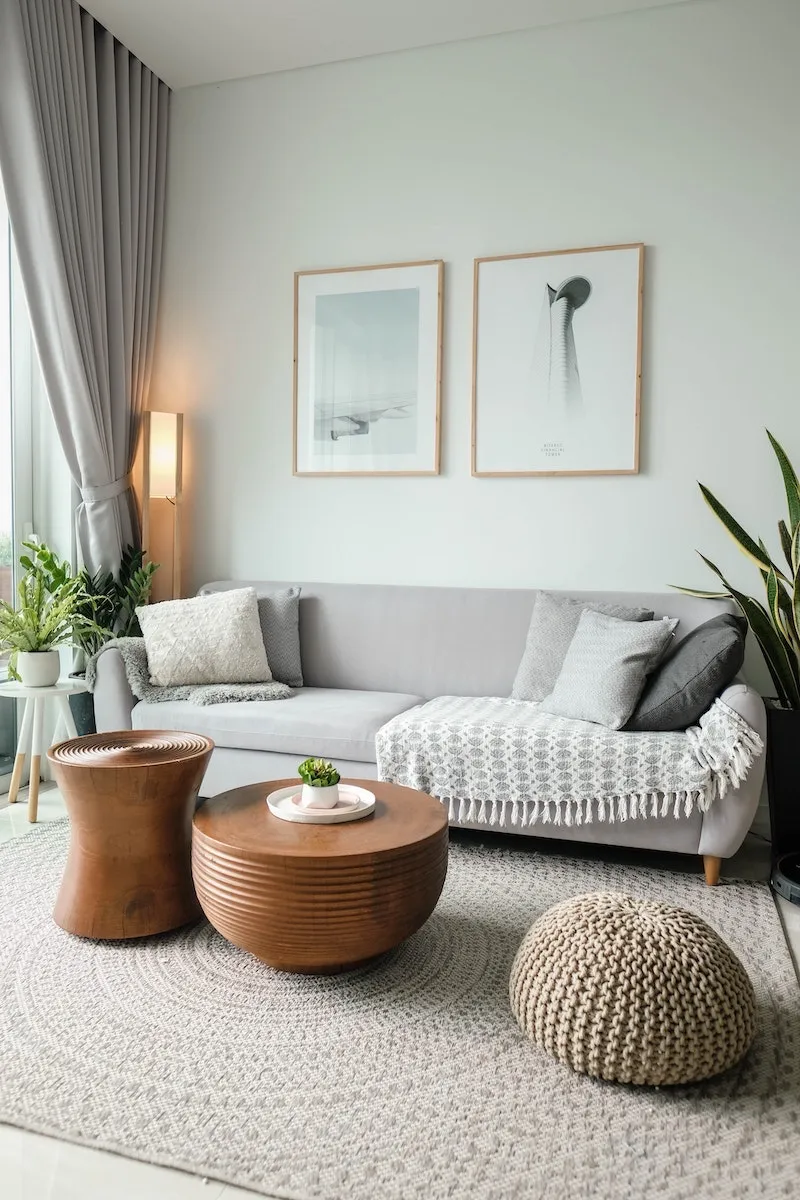
Why does my lighting feel so harsh or sterile at night?
You’ve probably overlooked the power of layered lighting. Relying on a single, powerful overhead fixture creates a flat, unwelcoming glare. The secret to a high-end, atmospheric room is creating a ‘lighting triangle’ with at least three sources of light at different heights: a floor lamp for ambient glow, a table lamp on a console for task lighting, and perhaps a small accent light to highlight a piece of art. This variety adds depth and allows you to tailor the mood instantly.
A room should never allow the eye to settle in one place. It should smile at you and create fantasy. – Vico Magistretti
This idea is the antidote to the ‘showroom’ feel. Instead of buying a complete, matching furniture set from one collection, curate your space over time. Pair that modern, clean-lined sofa from Crate & Barrel with a vintage mid-century armchair you found online. Mix a sleek metal coffee table with a rustic wooden side table. This blend of styles, textures, and eras tells a personal story and gives your home a soul that can’t be bought off a sales floor.










